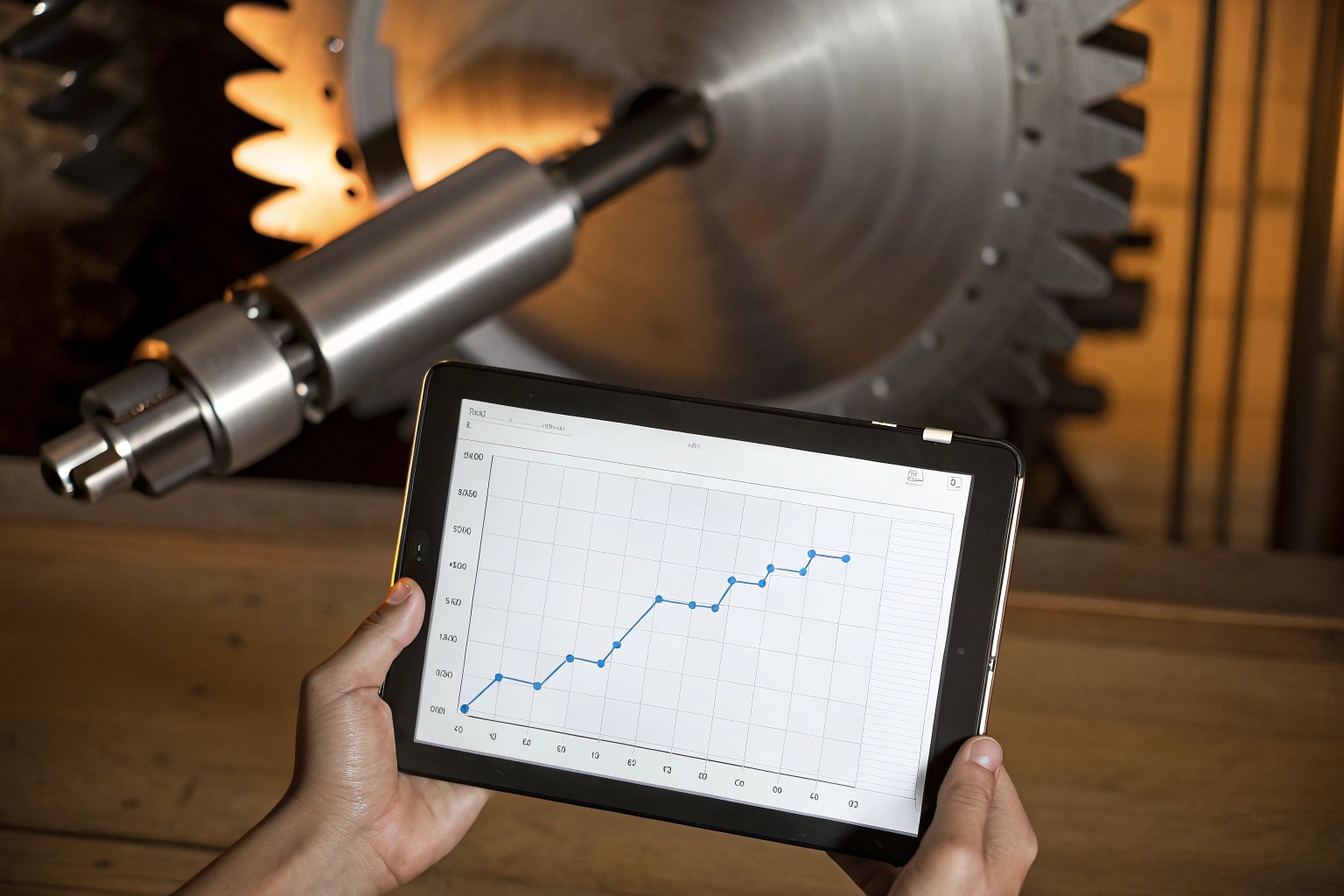
When I embark on a new project, I often find myself overwhelmed by the complexity of the APQP/PPAP submission items 1 and milestones. It’s crucial to have a clear roadmap to navigate these processes effectively.
For your new projects in undercarriage parts, APQP/PPAP involves a detailed approach with several phases, ensuring product quality from design through production. This structured process helps to verify that all specifications and performance criteria are met.
Understanding these milestones is vital for both time management and quality assurance in project execution.
Will You Include Flow Charts, MSA, Capability Studies, and PSW for Me for My Undercarriage Parts?
In the quest for flawless project execution, I’m always seeking transparency and precision. Ensuring the inclusion of flow charts 2, MSA, capability studies, and PSW is a high priority for me.
Flow charts, alongside a Measurement System Analysis (MSA) 3, provide a comprehensive view into the process flow and the accuracy of measurement tools. Capability studies further validate process stability, while Part Submission Warrants (PSW) 4 certify the submission’s completeness.
With these components, potential missteps can be mitigated, leading to smoother project progression. Critical tools such as flow charts and MSA ensure clarity. Their role is vital in preemptively identifying bottlenecks. Let’s delve into how these tools contribute to project success.
Key Elements Explained
| Item | Purpose |
|---|---|
| Flow Charts | Visual representation of process steps |
| Measurement System Analysis (MSA) | Ensures measurement accuracy and repeatability |
| Capability Studies | Validate process stability and capability |
| Part Submission Warrant (PSW) | Certifies the submission’s completeness |
Flow charts are pivotal as they outline process steps clearly. An MSA will confirm that our measurements are consistent and accurate, crucial for maintaining high-quality standards. Capability studies offer insight into process reliability, while the PSW wraps up the submission, certifying its completeness and correctness.
Can You Meet My PPAP Level and Timing with Sample Builds for My Undercarriage Parts?
Navigating time constraints in project management is an experience we share. I understand the importance of timely sample builds 5 to meet PPAP level requirements.
Meeting PPAP levels involves aligning sample builds with project timelines. This demands meticulous planning and execution to maintain quality and deadlines, essential for project success.
Managing timelines can be challenging. Incorporating timely sample builds within schedules is essential for PPAP level compliance. Let’s explore how we plan to achieve this synchronization and maintain quality standards throughout.
Scheduling and Quality Assurance
| Milestone | Description |
|---|---|
| Timely Sample Builds | Ensure readiness for PPAP levels |
| Quality Compliance | Align sample quality with required PPAP standards |
| Milestone Coordination | Synchronize sample builds with project phases |
For success, timely coordination of sample builds with project milestones is critical. This means integrating quality checks in parallel with time management, which ensures readiness and compliance at each project stage. By doing so, we minimize delays and maximize quality assurance.
Do You Offer Design Reviews and DFM Feedback for My Drawings for My Undercarriage Parts?
Drawing clarity is indispensable for me. I often prioritize design reviews 6 and Design for Manufacturability (DFM) feedback 7 to refine project specifications.
Design reviews and DFM feedback enhance blueprint accuracy and manufacturability. This feedback loop is essential to bring design simplicity, optimizing for practical production processes.
Seeking continuous improvement through design insights is beneficial. Uncovering potential bottlenecks in designs ensures smoother transitions from concepts to production. Let’s explore additional ways in which design feedback can drive success.
Enhancing Design Practicality
| Feature | Function |
|---|---|
| Design Reviews | Improve accuracy and refine specifications |
| DFM Feedback | Optimize designs for manufacturability |
| Feedback Integration | Address potential issues before production |
Design reviews focus on ensuring that drawings meet all specifications. Incorporating DFM feedback early allows modifications that favor manufacturability, making production efficient. By routinely integrating feedback, design bottlenecks are addressed swiftly, streamlining the transition from drawing to product.
Can I Run Trial Builds Under My Supervision Before PPAP Approval for My Undercarriage Parts?
Being hands-on in trials is a preference I hold. Running trial builds under my supervision 8 facilitates first-hand assurance of project fidelity before full PPAP approval.
Trial builds offer real-world validation, partnering theory with practice. Performing these under supervision allows us to ensure accuracy and make necessary adjustments.
The ability to directly oversee trial builds provides tangible insights, allowing immediate adjustments. This proactive hands-on approach helps in cementing project confidence prior to formal approval. Dive into how supervised trial builds reinforce overall project robustness.
Benefits of Supervised Trial Runs
| Aspect | Advantage |
|---|---|
| Supervised Validation | Direct oversight improves build fidelity |
| Immediate Adjustments | Swift fixes enhance process accuracy |
| Confidence Building | Reinforces project assurance and readiness |
Through supervised trial builds, potential issues can be addressed on the spot, ensuring the accuracy of subsequent full-scale production. This builds confidence not only in the product but also in the process, paving the way for smoother PPAP approval and execution.
Conclusion
In conclusion, each aspect of APQP/PPAP from submission items to trial builds is crucial to project success. By strategically managing these phases, we ensure seamless progression from design to delivery.
Footnotes
1. Learn how APQP/PPAP submission aids in quality management. ↩︎
2. Understand the importance of flow charts in project management. ↩︎
3. Discover the role of MSA in maintaining measurement accuracy. ↩︎
4. Insights into the significance of PSW in submissions. ↩︎
5. Explore strategies for timely sample build integration. ↩︎
6. Enhance design review processes for better accuracy. ↩︎
7. DFM feedback’s role in optimizing manufacturability. ↩︎
8. Benefits of trial builds under direct supervision. ↩︎




